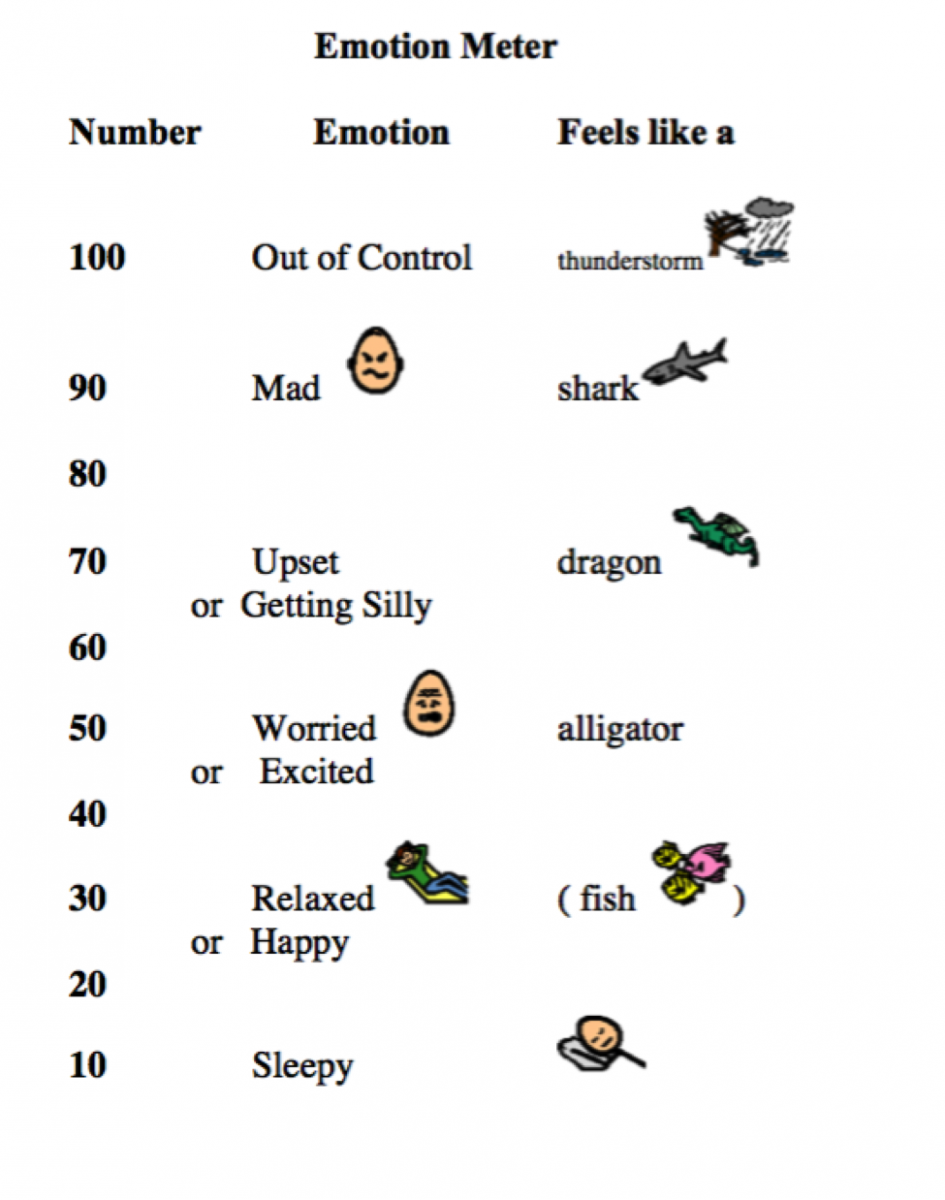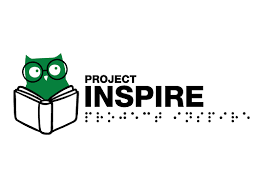By Linda Hagood
The Row Boat Ride is a story that includes elements of mantras, meditations, and pretend story writing. I often use it to introduce kids to yoga or to storytelling because it is a playful way to help them become mindful of their own levels of emotional intensity. It is most comfortable physically to introduce the story with young kids, as they face you and rock back and forth…
The story begins as the child pretends to “sleep” (#0-10), and is awakened by a little fish (#30) who wants to go for a boat ride.
The child agrees, the fish prop is placed beside the pair, and they row along, singing “row the boat at a normal tempo, until they are approached by an alligator (#50), who plays chase with the boat until hey are able to outrun him.
After this event, the child and adult rest, taking 3 deep breaths, or saying a little mantra, until they are at a #30 again, and the fish returns to swimming beside the “boat” singing the row the boat song at a relaxed and happy pace.
Next comes a fire-breathing dragon (#70), who threatens the pair in the boat, until they have calmed him down with tickles and silliness. He is allowed to ride in the boat if he promises to keep the fire in his mouth.
Once he’s settled down, the adult and child practice another type of calm down activity –maybe a quiet meditation, another mantra, or backward counting and breathing.
They row along again, with the #30 fish by their sides, singing happily, when along comes a big shark (#90), threatening to eat the fish and the people in the boat. The fish is trapped, netted, or perhaps scared away with the dragon’s fire breath (which comes in handy at this moment!).
Adult and child feel their pulses, notice their breath is too fast, and take another break to practice another calm down strategy. They count backwards slowly by tens 90-80-70-60-50-40-30…breathing deeply between each number.
Then they row on, with the fish by their side again, relaxed and happy #30. Finally, a thunderstorm arrives, with water sprayed into the sky from a plant sprayer, lights flashing on and off, and a thunder noise played on a drum. It is a huge out-of-control #100 storm, and the child is tipped out of the boat, and has to swim back, allowing the adult to rescue them and rock slowly back and forth to calm down. When they are back to #30, they row back to shore amazed at all the adventures they had that day.
The purpose of this story is to introduce the emotion meter, which will later be used by the student and adult to identify and describe their own and others’ levels of emotion. Note that the emotion meter reflects intensity of emotion, not just bad emotions—a #50 can be either worried OR excited. It is important not to judge the emotional intensity as right or wrong, just to notice it, and to practice moving up and down with strategies which can be used at other times.
Emotion Meter

Emotion Meter |
||
| Number | Emotion | Feels like a |
| 100 | Out of control | Thunderstorm |
| 90 | Mad | Shark |
| 80 | ||
| 70 | Upset or Getting Silly | Dragon |
| 60 | ||
| 50 | Worried or Excited | Alligator |
| 40 | ||
| 30 | Relaxed or Happy | Fish |
| 20 | ||
| 10 | Sleepy | Child sleeping |
Row Boat Story by Indian Teachers
In this video, a group of teachers and teacher-trainers in India were asked to adapt the above activity for their culture. They worked together to build and enact this delightful expansion of the original Row Boat story that I shared with them. They included Indian songs about the Elephant, and other characters and events. I love the joy and sense of play that they embody in this special storytelling activity.
Download the transcript of the Row Boat Yoga Story.

